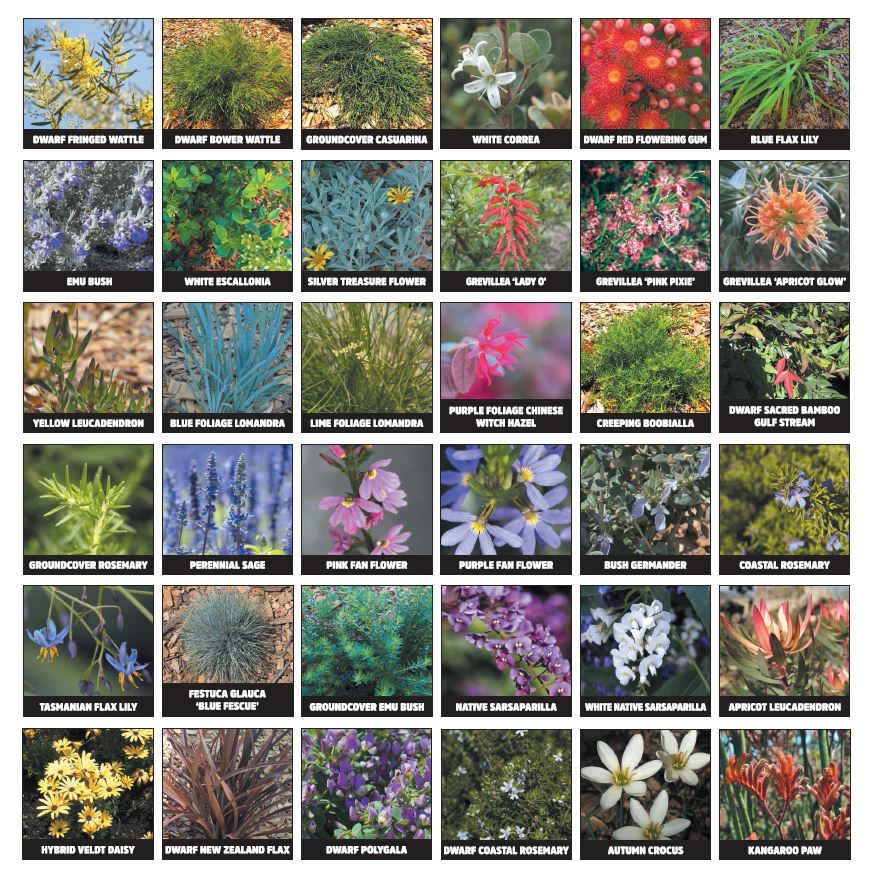Water Sustainability
Water is one of our most precious resources. We can all do our part to help ensure water is used efficiently in the home, garden and at work.
Australia is one of the driest countries in the world and Tamworth can be a very dry place. Water sustainability is key for the future of our region.
Water sustainability means using water wisely and efficiently, even in the good times when our rivers are flowing and our dams are full. Council is committed to leading the way and ensuring that Tamworth is a water sustainable region.
Council is taking a smart and sustainable approach to water management which can be summarised in the following plans:
To find out how you can be more water sustainable, saving not only water but also energy and money, check out our water saving tips and initiatives below.
Water Saving Tips and Ideas
Everyone has a role to play in helping our region be water sustainable.
For smart water saving tips in your home, garden and business check out the following resources from Smart Approved Watermark:
Tamworth Regional Council is part of the Namoi Water Alliance and is able to offer you access to a range of water sustainability products and services through the Smart Water Advice network. There are many water smart products available, with new and innovative products being released regularly.
We have compiled a list of the best water saving products currently available.
Let's Thrive
Let’s Thrive is Council initiative designed to encourage waterwise gardens and outdoor areas, helping make Tamworth ‘The Waterwise Region’.
Over the last 20 years, our analysis of water consumption shows that Tamworth would consume between 50 and 60 megalitres per day on the hottest days of the year. However, over the last decade
it has become a rarity for consumption to even reach 50 megalitres per day.
Our community should be proud of this positive change in their water usage behaviour. Now we are all presented with an opportunity to build on our water sustainability achievements.
The number one area we can do this in is through being wise with our outdoor residential water usage.
For the average home in the Tamworth region, a whopping 40% of residential water use is outside. Let’s Thrive is an initiative that offers residents practical tips to create water-sustainable gardens.
Every little bit helps. Check out our Let’s Thrive: Your Guide to a Waterwise Garden booklet (PDF 3MB) to learn more about what you can do, or view this booklet below:
Council's Sustainable Garden
Looking for waterwise garden design inspiration?
Check out Council’s sustainable garden, which showcases a variety of attractive ground cover alternatives to water-thirsty lawn and turf. The garden is located in front of the Tamworth Library and Tamworth Regional Gallery in Peel Street, Tamworth.
Council’s Sustainability Unit partnered with TAFE NSW to develop a showcase low-water-use/drought-tolerant garden.
Residents are not being asked to avoid lawn altogether, but if they can cover a percentage of their property with some of these water-neutral or low-water use alternatives, this could represent a significant reduction in treated water consumption, particularly in summer.
TAFE students completed all design and installation work as part of their actual Horticulture and Recreation curriculum, with Council providing the space and funding of the materials.
The plan is for each class in future years to design, install or renovate Council public greenspace areas to be low-water-use and drought-tolerant.
Decomposed granite was used to build the pathway, with coarse mulch covering the plantings, and rocks and gravel used to create the rockery and 'dry river bed' effect.
The low-water-use or drought-tolerant plants within the garden are:

|
Acacia fimbriata dwarf form
|
Dwarf fringed wattle
|
|
Acacia cognata ‘Limelight’
|
Dwarf bower wattle
|
|
Casuarina glauca ‘Shagpile’
|
Groundcover Casuarina
|
|
Correa alba
|
White Correa
|
|
Corymbia ‘Summer Red’
|
Dwarf red flowering gum (Grafted)
|
|
Dianella revoluta cultivars
|
Blue flax lily
|
|
Dianella tasmanica ‘Tas Red’
|
Tasmanian flax lily
|
|
Eremophila ‘Kalbarri Carpet’
|
Groundcover emu bush
|
|
Eremophila ‘Pancake’
|
Groundcover emu bush
|
|
Eremophila maculata
|
Emu bush
|
|
Escallonia bifida iveyi
|
White Escallonia
|
|
Gazania tomentosa
|
Silver treasure flower
|
|
Grevillea ‘Apricot Glow’
|
Medium growing Grevillea
|
|
Grevillea ‘Lady O’
|
Small growing Grevillea
|
|
Grevillea ‘Pink Midget’
|
Dwarf Grevillea
|
|
Hardenbergia violaceae ‘Alba’
|
Native Sarsaparilla
|
|
Hardenbergia violaceae ‘Regent’
|
White Native Sarsaparilla
|
|
Leucadendron ‘Misty Sunrise’
|
Apricot Leucadendron
|
|
Leucadendron ‘Yellow Countess’
|
Yellow Leucadendron
|
|
Lomandra ‘Blue Ridge’
|
Blue foliage Lomandra
|
|
Lomandra ‘Lime Devine’
|
Lime foliage Lomandra
|
|
Loropetalum ‘Purple Pixie’
|
Purple foliage Chinese Witch hazel
|
|
Myoporum parvifolia
|
Creeping boobialla
|
|
Nandina domestica ‘Moon Bay’
|
Dwarf Sacred Bamboo (Not actually a Bamboo)
|
|
Osteospermum cultivars
|
Freeway Daisy
|
|
Phormium tenax cultivars
|
Dwarf New Zealand Flax
|
|
Polygala ‘Little Poly’
|
Dwarf Polygala
|
|
Rosmarinus officianalis ‘Prostratus’
|
Groundcover Rosemary
|
|
Salvia species
|
Perennial Sage
|
|
Scaevola ‘Pink Perfection’
|
Pink Fan flower
|
|
Scaevola ‘Purple Haze’
|
Purple Fan flower
|
|
Teucrium fruticans
|
Bush Germander
|
|
Westringia ‘Wynabbie Gem’
|
Coastal Rosemary
|
|
Westringia ‘Zena’
|
Dwarf Coastal Rosemary
|
|
Zephyranthes candida
|
Autumn Crocus
|